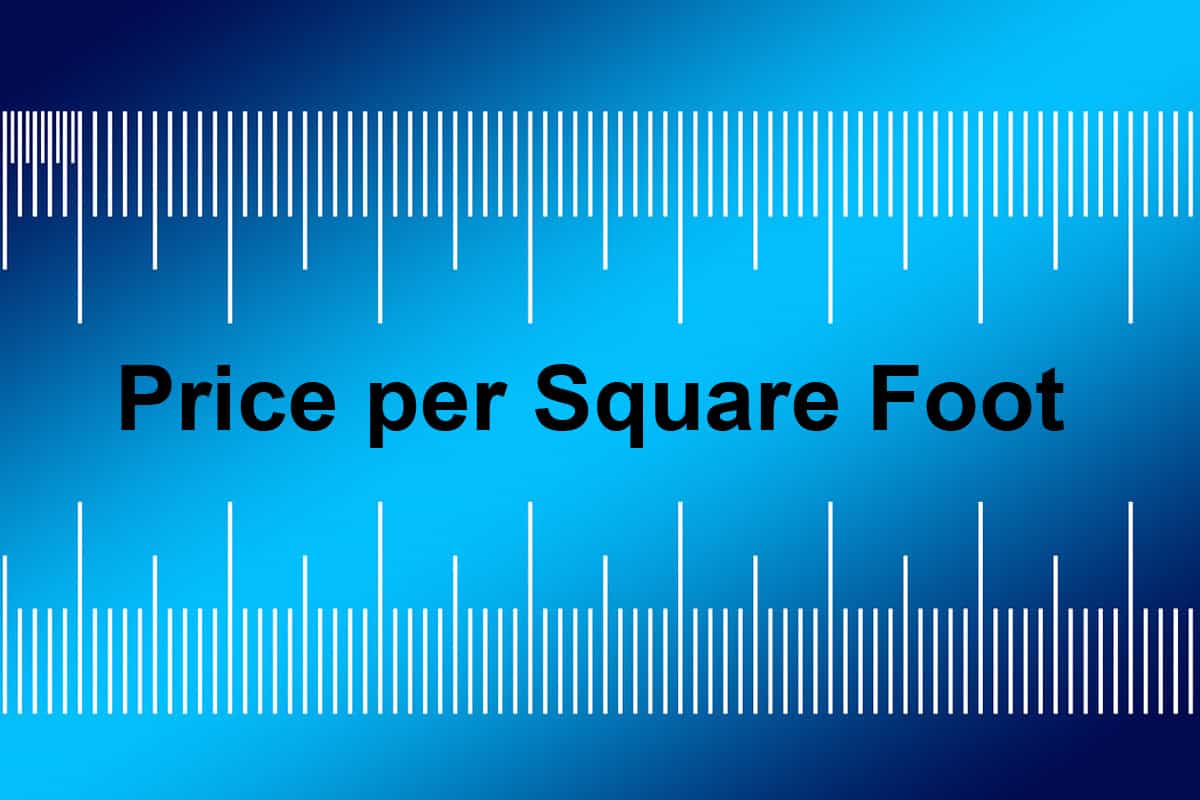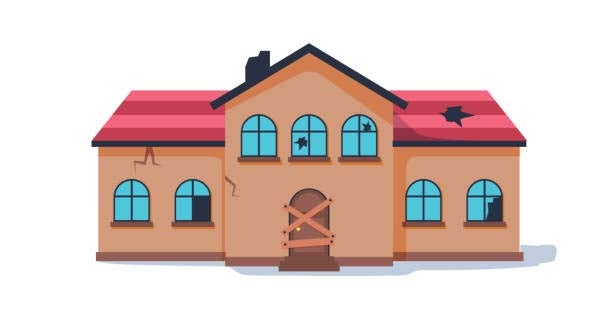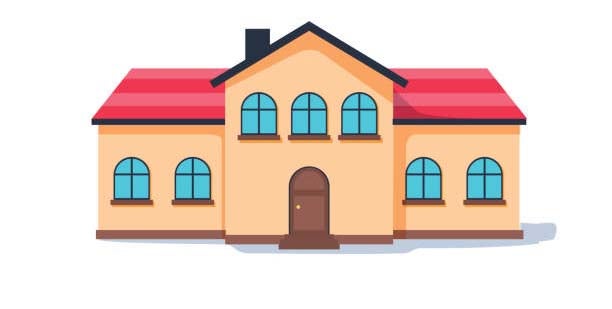
While this method can be used IN CONJUNTION with other more functional evaluations it is a poor indicator of a home’s actual value.
While homes may have in common things such as area or sub-area, other factors are in play such as traffic noise, building materials, what floor (in a condo) and many other factors. Let’s do an example:
Home 1:
• Carpets though the first floors, with linoleum in the bathrooms

• Standard kitchen cabinets
• Arborite counter tops in both kitchen and bathroom
• Hollow core doors for all rooms
• Dated paint
• 2800 sqft.
Home 2:
• Laminate flooring throughout and tile in the bathrooms

• Customized kitchen with under lighting
• Quartz countertops in both the kitchen and the bathroom
• Crown moldings and baseboards throughout the home
• Security system installed
• Recently replaced roof
• 2800 sqft.
Taking into account that these homes are the same size, one would be able to quickly deduce that “Home 2” should hold more value than “Home 1”. If we want to take this further to the point, add that “Home 1” is on a busy street. So using a price per square foot to determine the value of these two home would be either drastically off and thus would not make sense.
Now some purchasers will attempt to use the previous sale prices alone to determine the price they wish to use to make an offer with. While this is a good practice for a baseline there is far more than just a single equation. On the other hand there are many Sellers that will take the latest sale of the home on the block that was done to the nines, divide by square feet and believe that their home is worth significantly more than it is and thus end up overpricing it.
 Macro & Micro Details:
Macro & Micro Details:Another aspect to ponder when trying to find the true value of a home (it’s not an exacting science by the way!) are things that are not apparent on the first look. Some factors are if a home is stories, had major renovations done, has the building been re-piped (condo), roof replaced, or windows upgraded for some starting aspects.
For detached houses another factor that can be overlooked when just using price per square foot is the size of the lot as that can also skew a price up or down. Additionally where the home is located can be a contributing factor to overall price. There are nice parts and rougher parts of any city as we all know, and that will have an effect on the price of a home.
Interestingly enough, square footage that is below grade (basements) generally holds less value than those that are above. If you had 2 homes that were both 2800sqft but one had 1200sqft below ground level it would likely not be evaluated as high as one that had the entire 2800sqft above ground level.
Functionality is another factor that will be overlooked using price per square foot. If you have 2 homes that are the same square footage in the same neighbourhood, but one has 4 smaller bedrooms over 3 larger ones, in many cases the 4 bedroom will carry more value as it just has a 4th bedroom; this would also apply to having a mortgage helper as that will clearly present more value.
Location, Location, Location:
We have all heard this cliché before, BUT there is reasoning behind it! A home that is selling on a main road in a city as opposed to a quieter one will usually sell for a different price than the other; additionally its proximity to major transit will also play a factor. Price per square foot doesn’t take this into consideration either and can be a major contribution factor to the property appreciating in value and to what degree is does. Sometimes even being in one school catchment over another can contribute to the overall value of the home, even if they are identical.
There IS an exception:
While I have just gone on for the entire article about why price per square foot is a terrible method to solely base on there is an exception and that exception is if it the homes are UNIFORM. Some examples of this would
 be in a new neighbourhood that was developed by the same developer at the same time. All the homes look the same, are the same age, built with the same materials by the same developer. Price per square foot can then be used as we are truly comparing apples to apples. This method can also be used for new builds in condos to some degree, with some additional factors of course such as do they have extra parking stalls, what floor is it on or what direction it is facing.
be in a new neighbourhood that was developed by the same developer at the same time. All the homes look the same, are the same age, built with the same materials by the same developer. Price per square foot can then be used as we are truly comparing apples to apples. This method can also be used for new builds in condos to some degree, with some additional factors of course such as do they have extra parking stalls, what floor is it on or what direction it is facing.The Take Away:
The truest way to determine the value of a home is to calculate based on the home individually and taking into account the plus and minus of it in comparison to other recent sales in the neighborhood as well as your competition. Your realty advisor can help you with this as that is a major part of the knowledge base they should have and be using. Ultimately price per square foot may be a minor part of pricing a home, but there are far more accurate methods that should be used.
If you need some insight or help on pricing a home for purchase please email me at:
haze-hartwig@coldwellbanker.ca or direct message through Facebook at: www.facebook.com/hazerealty
or IG @hazerealty